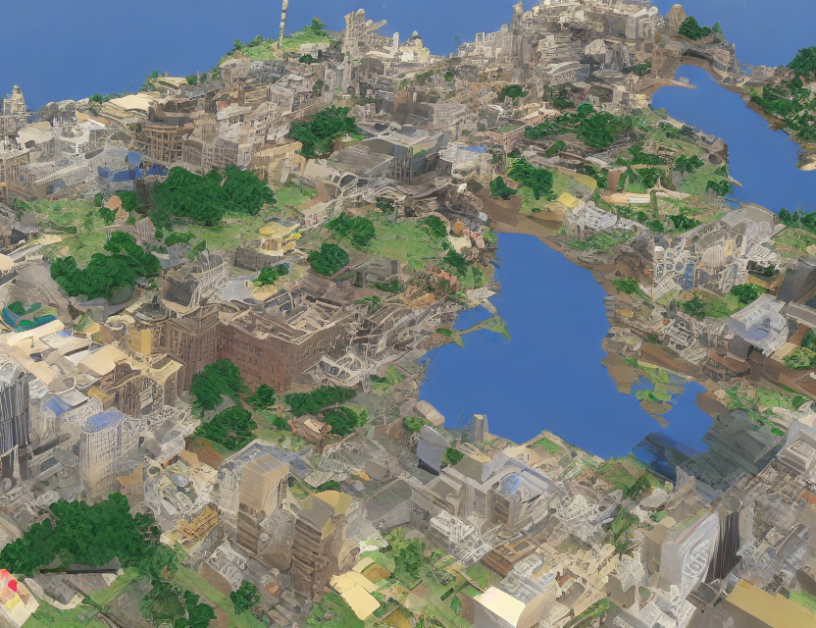- Diffusion models have gained popularity in recent years as a promising approach to text-to-image synthesis, with the ability to generate high-quality and diverse images from textual conditions.
- In this survey, we will explore the current state of diffusion models for text-to-image synthesis, including their strengths, weaknesses, and applications.
- We will discuss the different types of diffusion models, such as denoising diffusion probabilistic models, and how they are used to generate images from textual conditions.
- Additionally, we will examine the recent advances in diffusion models, including the use of attention mechanisms, multi-modal input, and the integration of text-to-image synthesis with other areas of natural language processing.
Text-to-Image Synthesis
- Text-to-image synthesis is a task that involves generating an image from a given textual description.
- This task has gained significant attention in recent years due to its potential applications in various fields, such as entertainment, advertising, and accessibility.
- Diffusion models are a class of deep learning models that have shown impressive results in text-to-image synthesis tasks.
Diffusion Models
- Denoising diffusion probabilistic models are a type of diffusion model that have been widely used for text-to-image synthesis.
- These models use a diffusion process to transform a noise signal into an image, with the help of a probabilistic loss function.
- The diffusion process involves iteratively applying a series of transformations to the input noise, such as noise injection, diffusion, and reconstruction.
- Each transformation is learned during training, allowing the model to generate high-quality images from textual conditions.
Strengths and Weaknesses
- Diffusion models have several strengths, including their ability to generate diverse and high-quality images from text, their natural fitting to inductive biases of image data, and their computational efficiency.
- However, diffusion models also have some weaknesses, such as their reliance on a large amount of training data, the difficulty in providing precise action descriptions in text, and the potential for mode collapse.
Applications
- Diffusion models have various applications in natural language processing, including image generation, image-text matching, and visual question answering.
- They can also be used in other areas, such as robotics, autonomous driving, and medical imaging.
Recent Advances
- Attention mechanisms have been integrated into diffusion models to improve their ability to generate images that are relevant to the input text.
- Multi-modal input has been used to incorporate additional information from other sources, such as videos or audio, to enhance the quality of generated images.
- The integration of text-to-image synthesis with other areas of natural language processing, such as machine translation and speech recognition, has also shown promising results.
Conclusion
- Diffusion models have emerged as a promising alternative for text-to-image synthesis, offering high-quality and diverse image generation capabilities.
- Their ability to fit naturally to inductive biases of image data makes them particularly useful in various applications.
- However, diffusion models also have some limitations, such as their reliance on large amounts of training data and the difficulty in providing precise action descriptions in text.



